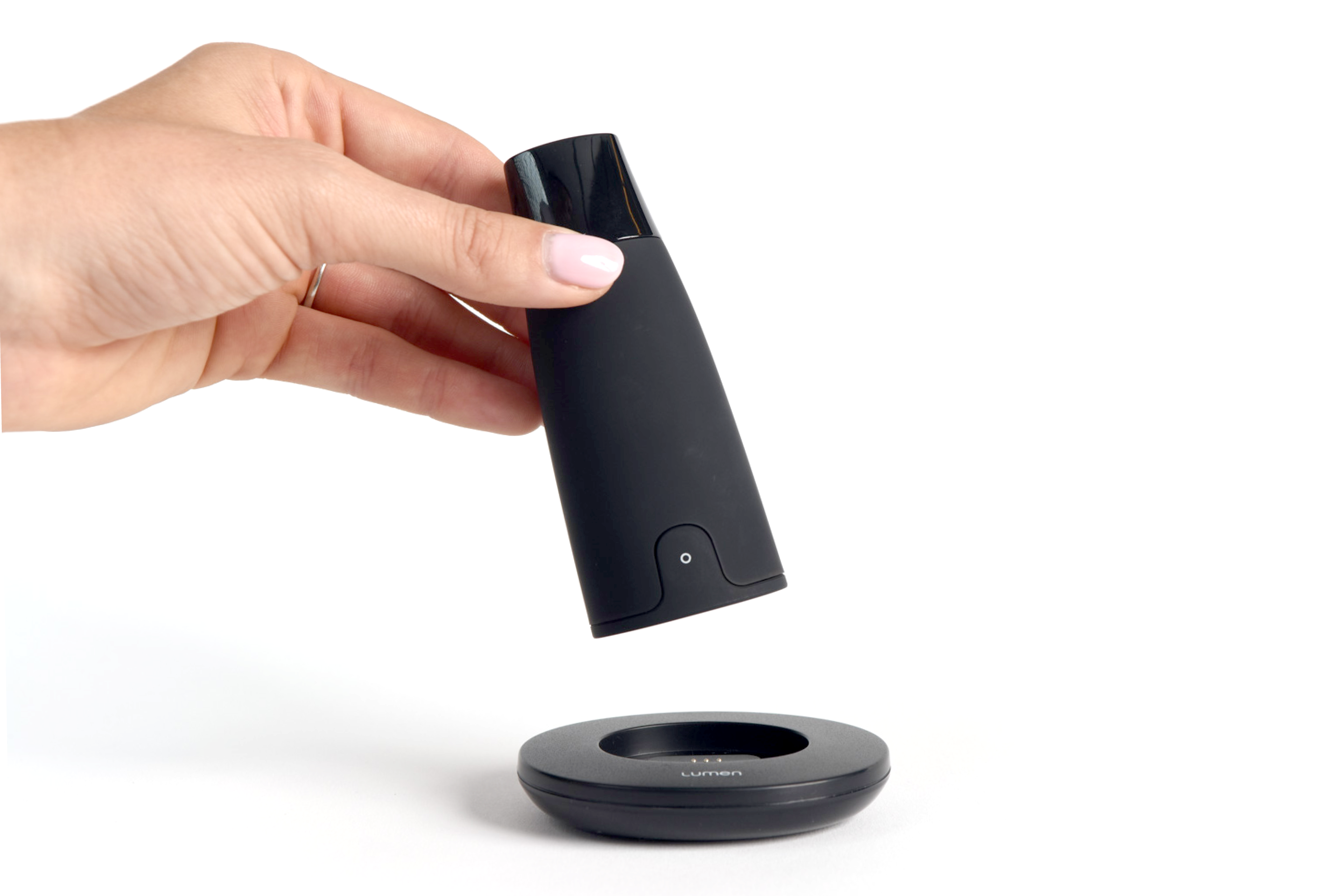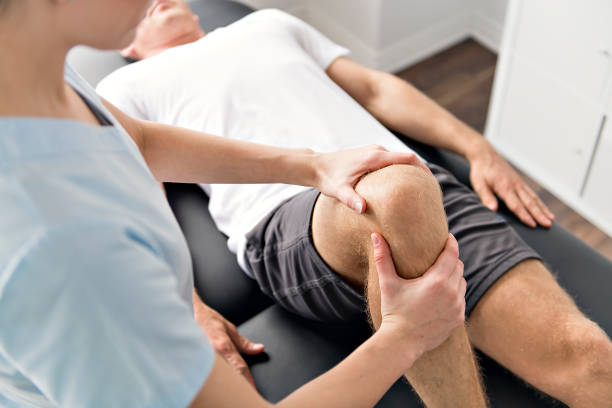Have you ever heard a crackle in your knee when you climb the stairs or squat? This has probably got you thinking whether you’ve overloaded them or is it worth worrying about? Firstly it’s essential to know the causes behind the crackles or snaps. The first thing you have to notice is whether the snap brings along a wave of pain or swelling.
If you do not feel any pain or witness swelling, this could probably be due to age. The cartilage covering the bones wears out with age which causes a sound when the bones come in contact due to friction.
However, if your crackles come with pain and swelling, there could be serious issues that these symptoms can hint towards.
- Meniscus damage: Meniscus plays the role of dividing the load of the knee. If you are still young, this might be caused by load due to exercise or injury. However, at older ages, this damage can be caused by smaller loads.
- Cartilage damage: Cartilages function as a protective covering of the bones. With age, this can suffer from wear and tear on its surface, causing swelling and difficulty in movement. In the case of highly damaged cartilage, it can become arthritis.
Since the area has no nerves, the patient doesn’t feel any pain. Pain only appears in the case of osteoarthritis, which is a degenerative disease. People aged above 40 are more likely to suffer from this.
- Cavitation: This happens when the joint pressure in your knees fluctuates. Our joins have a liquid synovial fluid around them. When the pressure changes, the fluid becomes saturated with carbon dioxide, creating bubbles in the joint. These bubbles form air that bursts to create a crackling or popping sound.
- Tense thigh muscles: Due to tight or tense thigh muscles, they might limit your knees’ range of motion. Due to the load, they create a crackling sound when you move.
- Tension in ligaments or tendons: The sound may also be caused due to tensed ligaments. They might have also caught up on a bony bump that creates a snap sound when you move as it gets back in its place.
- Larger kneecap: If your kneecap is larger than the indention in your thigh bone, then you may hear crackling or snapping sounds.
If you are worried about the new sounds that you are hearing from your knee, then visit a doctor. Otherwise, there are several practical exercises that you can try to prevent knee cracking and snapping. Make sure to wear knee sleeves during these exercises to support your joints.
Additional Resource – Here’s how to use KT Tape for runners knee.
Effective Exercises to Prevent Knee Cracking and Snapping
Perform the following exercises to protect your knees from cracking and snapping.
Standing Front Thigh Stretching
- Stand straight with feet hip-width.
- Bend your knee back so that your toes touch your hips.
- Grab onto your ankle with your hand.
- You will feel the tension in your thighs muscles, both front and back.
- Hold the position for thirty seconds.
- Repeat with the other leg.
Front Thigh Massage with Foam Roller
- Wear the powerlifting knee sleeves, lie down on your stomach and place the roller under your thigh.
- Keeping it just above your right knee, lean on your right leg and roll it up till your hip bone and down till your knee.
- Make sure to keep your intensity moderate to have a smooth movement and lower the stress on your kneecap.
- Switch legs.
- Complete 5 reps on each leg.
Standing Single Leg Rotation
Wearing your lifting knee sleeves, stand against the wall or chair to follow the correct form.
- Keeping your back straight, lift your right leg towards your chest, making a 90 degrees angle.
- Move your hip to draw a circle with your lifted knee. This will stretch your thigh muscles.
- Complete one set of 10 reps each.
- Switch legs and complete 10 reps again.
Static Lunge
Start with standing straight. Then take a step forward with your left leg and bend your knee.
- Take a step back with your left foot and stretch your leg.
- Lower your rear so that your right leg makes a 90 degrees angle.
- Keep your back upright and your abs contracted.
- Stay there for 20 seconds, then repeat with the other leg.
- Repeat 5 times for each foot.
Straight Leg Raises
- Lay on your back and bend both your knees.
- Now lift your left leg straight in front of you with the other knee bent.
- Squeeze your quadriceps, then lower the leg slightly towards the floor.
- Raise it about 8 inches above the floor, then lower it back again.
- Repeat with the other leg.
- Begin with 2-3 reps, then keep increasing to 12.
Deadlift
- Wear your powerlifting knee sleeves. You can perform this exercise with or without the weight as per your fitness level.
- Stand upright and feet hip-width.
- Bend your knees and pull your torso forward towards the ground.
- Make sure to keep your back straight and neck neutral.
- Keep your core tight and feel the tension in your back, lower back, and hips. This will minimize the load on your knees.
- Return to the starting point.
- Repeat.
On Wall Squats
- Stand with your back up straight against the wall.
- Keep your feet about 2 inches away from the wall.
- Using the wall’s friction, lower yourself down till you are in a sitting position.
- If that places pressure on your back, don’t go that far. Stay in the position for 20 seconds.
- Lift yourself back up to the starting position.
- Complete 10 reps.
Inner Thigh Squat
- The inner thigh is always weaker than the outer thigh. Therefore, this exercise will strengthen your inner thigh.
- Stand with toes out and feet hip-width apart.
- Begin with lowering yourself in a half-squat, then lower yourself deep down.
- Make sure you don’t lower yourself any more than 90 degrees.
- Drive through the heels of your feet back to the starting position.
- Complete 3 sets of 15 reps each.
Calf Muscle Stretching
- Wear your CrossFit knee sleeves to relieve your calf muscles from the tension.
- Sit down on a mat. Bend one leg and extend the other one.
- Place a roller under the calf of your extended leg. You can also do this with a tennis ball.
- Lifting your body up on your arms, gently roll your calf forward and backward.
- Keep doing this for 30 seconds.
- Switch legs and repeat for 30 seconds.
Wearing weightlifting knee sleeves through all the exercises mentioned above is highly significant. They help reduce swelling and soreness and enhance blood flow. Since you want to improve your body movement through exercises, knee sleeves will play an integral role.
We suggest you go for powerlifting knee sleeves by DMOOSE as it increases compression, enhances mobility, and is super comfortable.
The Bottom Line
Our knees can go through wear and tear for multiple reasons, so it’s essential to build strength in your knees and improve mobility during early ages to prevent them from snapping. Exercises like static lunges, on-wall squats, and straight leg raises will reduce the load on your knees. Start doing it, and you will keep your ears from hearing a new knee sound every day.












